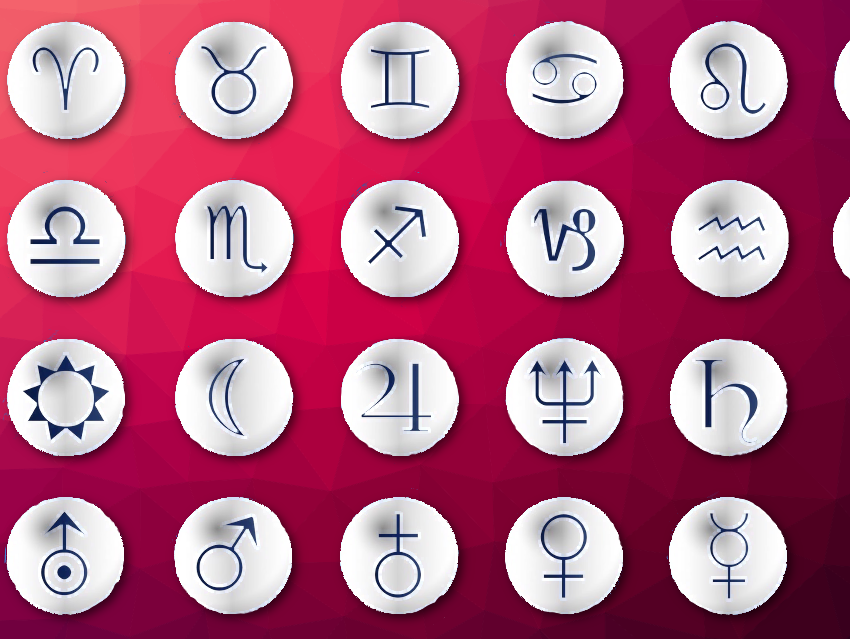The term chemistry goes back to ancient Greek, the prefix Al- comes from Arabic. Alchemical knowledge, which originally came from Alexandria and Greek-ruled Egypt, did not return to Europe until the 12th century via the Arabs in Spain and southern Italy. It experienced its heyday in Europe in the early modern period from the 15th century onwards.
Jonathan Gaede, University of Würzburg, Germany, explains that early modern alchemy was by no means exclusively focused on gold making. Alchemical products included black powder, distilled alcohol, bleaching agents and acids, Glauber’s salt, phosphorus, porcelain, testing the metal content of ores, and alchemical preparations in medicine and pharmacy, which spread through the teachings of Paracelsus (1493 to 1541).
Its bad image has alchemy due to numerous cases of fraud. Money-hungry princes fell for swindlers and charlatans in their desire to uncover the alchemists’ closely guarded secret of the Philosopher’s Stone or Lapis Philosophorum, which supposedly could transform base metals into gold.
Among the most common signs used in alchemy were the symbols of the seven planets, which at that time included the sun and the moon. It was believed that certain “planetary metals” matured in the earth through the influence of the associated planets, gradually changing from the most base metal lead to gold. The attributions of the underlying ancient gods’ names were also transferred to the metals: For example, iron corresponded with Mars (![]() ) as a weapon metal.
) as a weapon metal.
In addition, Alchemy used the symbols of the zodiac for processes. For example, the Libra symbol (![]() ) stood for sublimation. The four Aristotelian elements stood for basic material properties: Earth (
) stood for sublimation. The four Aristotelian elements stood for basic material properties: Earth (![]() ) and water (
) and water (![]() ) are heavy, they strive downwards, air (
) are heavy, they strive downwards, air (![]() ) and fire (
) and fire (![]() ) strive upwards.
) strive upwards.
There were abbreviations based on letters. These included ![]() for Balneum Mariae (hot water bath, until today, also called Bain-Marie), or
for Balneum Mariae (hot water bath, until today, also called Bain-Marie), or ![]() for the mystically exaggerated quintessence behind which often simply distilled alcohol was hidden. Or alchemical signs were extended by letters, for example, Aqua Regia or Royal water (
for the mystically exaggerated quintessence behind which often simply distilled alcohol was hidden. Or alchemical signs were extended by letters, for example, Aqua Regia or Royal water (![]() ).
).
Apart from their abbreviation function, the signs probably served primarily as status symbols with which the alchemists displayed their knowledge – just as they used Latin, Greek, Hebrew, or Arabic terms and letters. Moreover, they underlined the assumption that microcosm and macrocosm influenced each other by using the same symbols for astrological and alchemical terms.
The break with the alchemical symbolic language came with the sign system of Jean-Henri Hassenfratz (1755 to 1827) and Pierre-August Adet (1763 to 1834) that they presented at the Académie Royale in France in 1787. With the element symbols of Jöns Jakob Berzelius (1779 to 1848) the development to pure letter abbreviations was completed. They appear largely unchanged to this day in the periodic table of the elements.
- Planeten, Elemente, Prinzipien,
Jonathan Gaede,
Nachr. Chem. 2021.
https://doi.org/10.1002/nadc.20214105022
Also of Interest
- History and Usage of Arrows in Chemistry,
Santiago Alvarez and ChemistryViews
ChemistryViews 2021.
https://doi.org/10.1002/chemv.201200127
Arrows are used in almost every field of human activity; in chemistry, it has evolved with our understanding of substances, reactivity, and structure - Prussian Blue: Discovery and Betrayal – Part 1
Klaus Roth,
ChemistryViews 2022.
https://doi.org/10.1002/chemv.202200038
Around 1700, Berlin was a colorful center of innovation – a scene that led to the discovery of the century: Prussian blue




